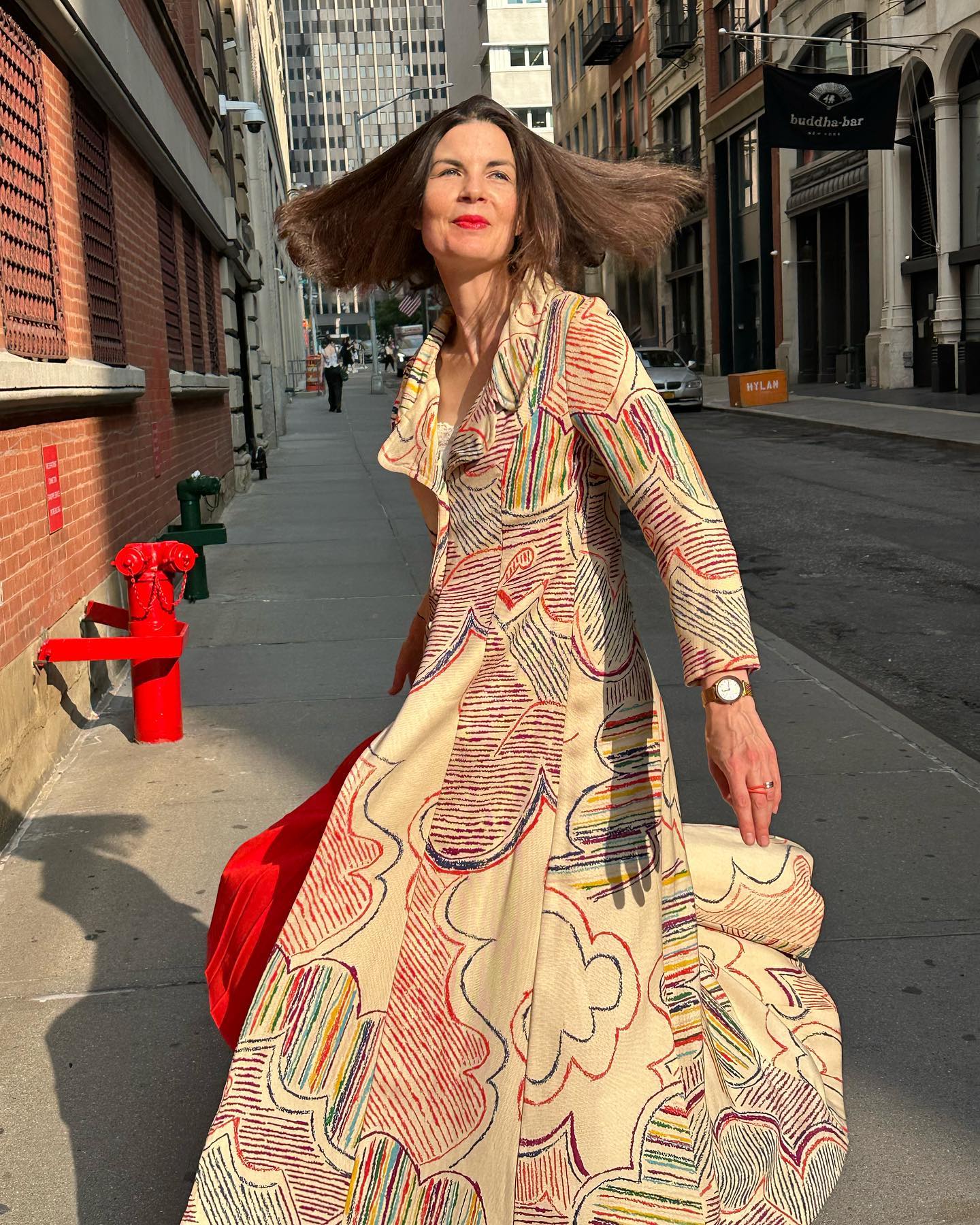
As the maître d’ at the Odeon, Roya Shanks has seen it all.
The Tribeca landmark—marked by its glowing neon sign, timeless French-American fare, and perpetually buzzing dining room—is a revolving stage for characters of all kinds (perfect for Shanks, who also works as an actor). On any given night, the cast might include well-heeled locals, magazine editors, stylists, traveling families, or loyal regulars who’ve been returning for decades. Known for her sharp eye and sharper wardrobe, one of the Odeon‘s most recognizable faces moves through the room with the precision and warmth of her mandate, keeping the eatery alive long after last call.
At the core of her approach is a simple credo: “People really just want to be listened to,” she says. “Don’t approach everything with the attitude that you’re right or that you’re going to bend them.” It’s a principle that has carried her through flustered encounters, well-coiffed crowds, and the changing faces of the neighborhood. Here, she tells us how.
Where are you now, and what’s in your system?
I am in the Odeon basement at 145 West Broadway. I started my day with a very, very large pour-over coffee at home with a lot of milk, and then I just grabbed some Odeon family meal for breakfast. It was scrambled eggs, some roasted paprika potatoes, and toast. When we’re lucky, we get a special from yesterday that didn’t sell out. It’s a bonding experience. I always tell the staff, it’s not nice to work in a restaurant while you’re hungry. It’s a marathon shift and you’re active the whole time—mine are eight to nine hours.
What dish sums up your life right now?
My favorite is the Odeon’s rare tuna burger with caramelized onions. I always get salad, not fries. I have a few fries here and there during the night as a pick-me-up. I can sit down and eat, but generally, my eye is on the room. The mussels are great, but they’re a treat for a slow night or if I come in for dinner when I’m not working.
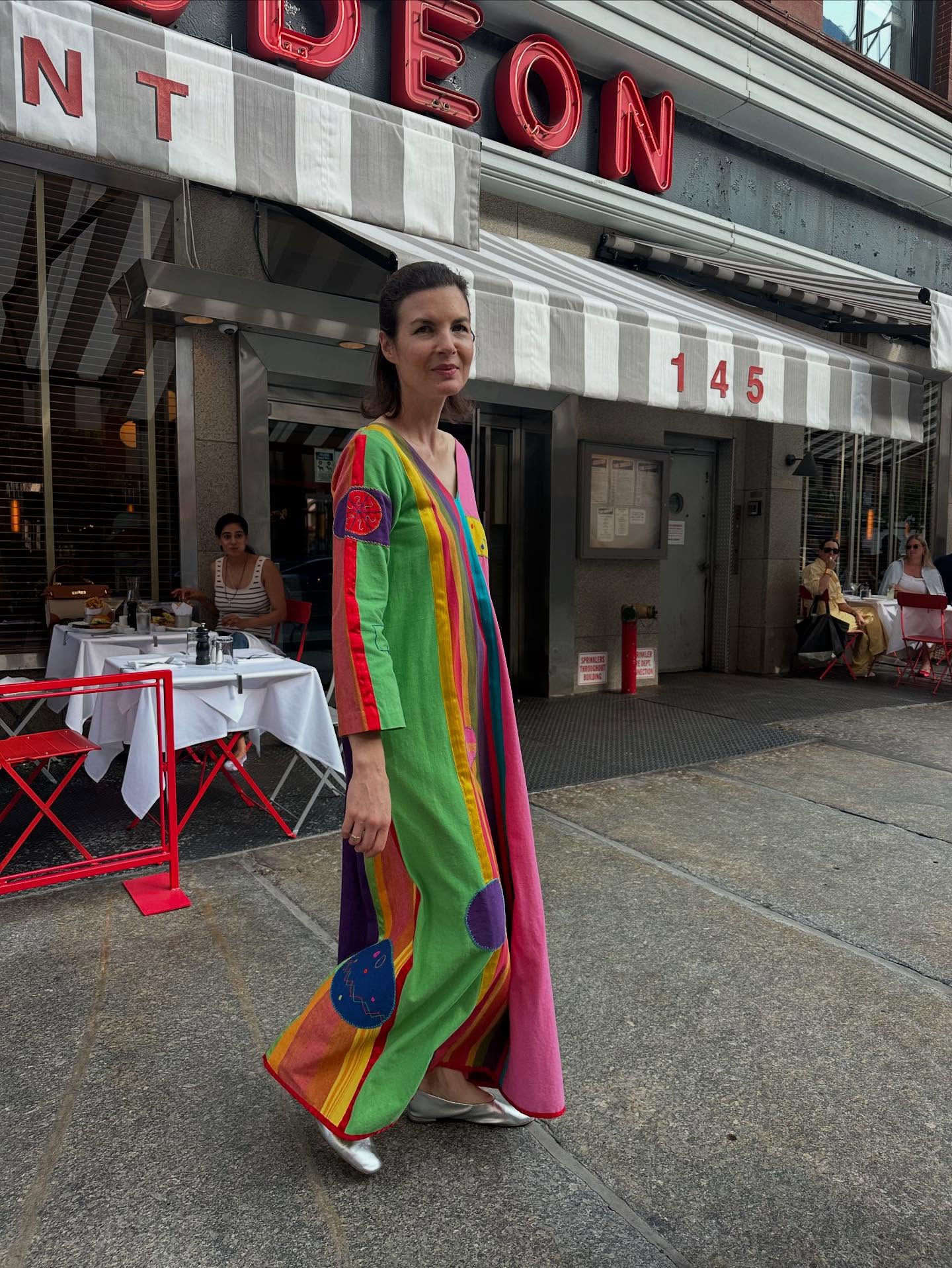
What’s a hospitality etiquette rule that you live by?
Recently, there was a new host training, and there were two incidents in the day where guests were very flustered. One woman had been riding her bike down the street in front and almost collided with a delivery man. The host asked me how I managed to calm her down, and I said, “Acknowledge and listen to people.” I feel like there’s a lot of defensiveness in how we speak and in New York generally. Sometimes I see less experienced hosts attacking or becoming defensive if the guest is annoyed. It’s not hospitality, and it’s not a way to diffuse the situation.
What is your favorite late-night order?
Salmon tartare and grilled asparagus. And, of course, you’ve got to have ice cream. Our chocolate has really set the standard for all other chocolate ice cream. I can’t really eat chocolate anywhere else. This summer, we had a lemon sorbet. There was some zest in it, so there was a little texture but still super creamy. I think the secret ingredient in that one is condensed milk. The hot fudge sundae never gets old, even after 24 years.
What did your relationship to food and hospitality look like growing up?
Like a lot of people my age who didn’t grow up in New York, we didn’t eat out much. The restaurant my family went to most often was a buffet called Soup Plantation in San Diego, California. My parents were middle class and educated but were also unemployed at certain times in my childhood, so there just wasn’t a huge culture of eating out. I remember when as a family, we discovered Thai food, Ethiopian food, all these different flavors. My parents were both good cooks. Food was meaningful. In fact, we’re the kind of family where food memories are important. My dad can talk about the best peach he’s eaten 30 years ago.
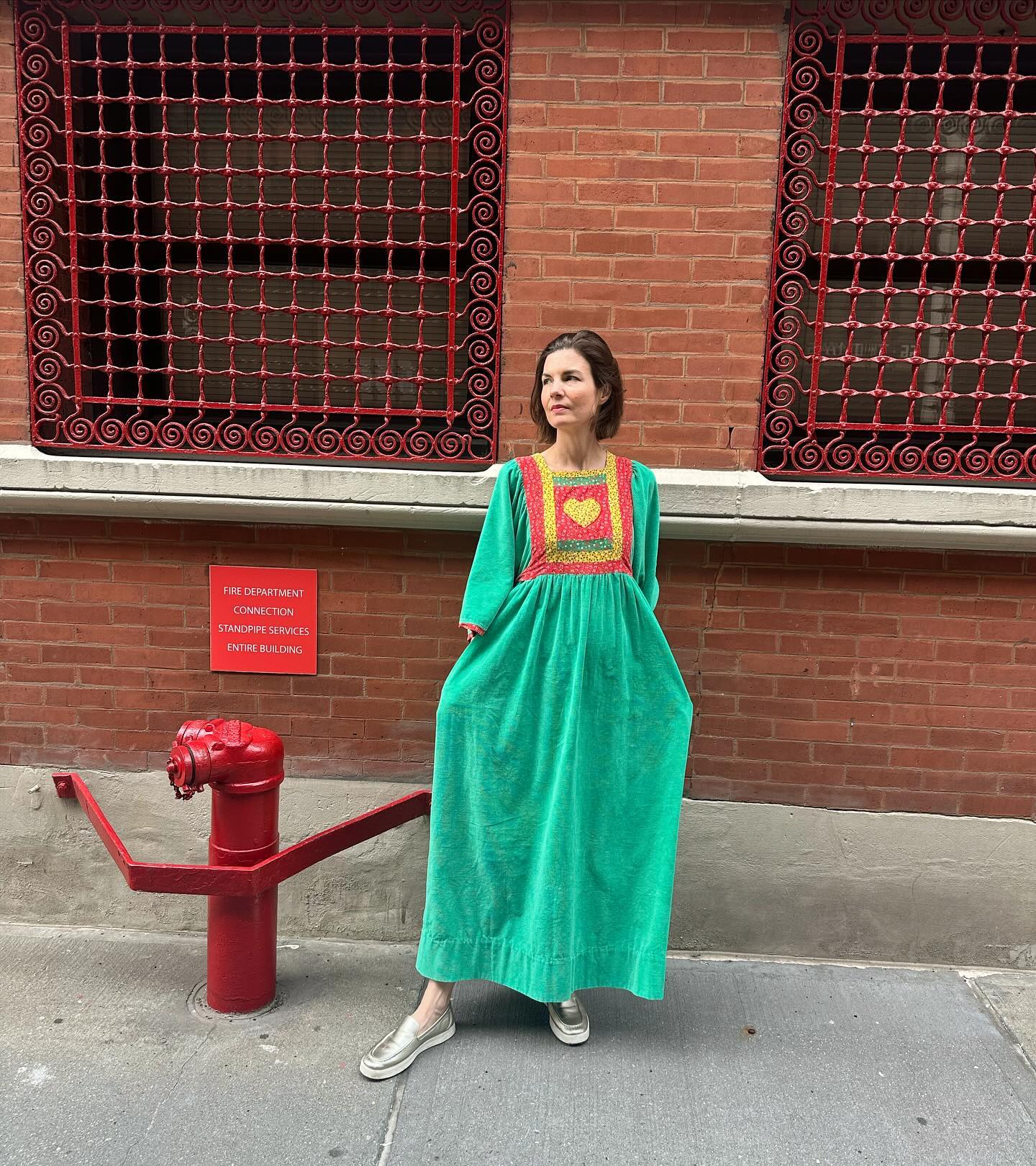
What do you think the food community needs more and less of right now?
I read an article that stuck with me recently, about the rise of fast-casual and the end of moderately-priced, sit-down restaurants. It talked about Red Lobster and Olive Garden, and places that weren’t chains too. Now, people just order delivery for their family. The Odeon is still a place where a lot of families come. I watch children learn how to behave in a restaurant, and I think it does serve them for the rest of their lives for social behavior and interaction. I wish that the economics could change to make that more accessible for everyone. Less fast casual and delivery culture, which became even more extreme during the pandemic, and more eating out together.
You are also known for your fashion taste. I’d love to hear how you see your relationship with fashion play out on the floor.
To me, fashion and joy go together. When I started working at the Odeon, I was so young, just out of college. I definitely did not have a discernible style. Fashion wasn’t something I naturally liked. But then I got this job, and I started to have to dress well, whatever that might mean for me. In the very beginning, I was wearing more business clothes. Then, I bought a couple of vintage dresses. I liked how I felt in them and how I looked in them. One thing led to another, and I started wearing more and more, and then putting outfits together. It’s about how it makes you feel, and that makes you look good as you wear it. I don’t dress for the crowd. I dress for myself.
How do you find the hospitality experience informs your acting?
Restaurant work is the ultimate study in human behavior. There’s a huge amount of reading of body language and assessing tables. A guest walks in and I have to guess if they’re going to be here for a long or short time, and if they’re going to want a lot of attention or a little. This really isn’t my day job. I love hospitality, and I have a passion for it. But I’m glad that this isn’t just my day job, because actors don’t survive long term if they don’t have sources of joy other than acting, because it’s too fickle, and I have another source of joy.
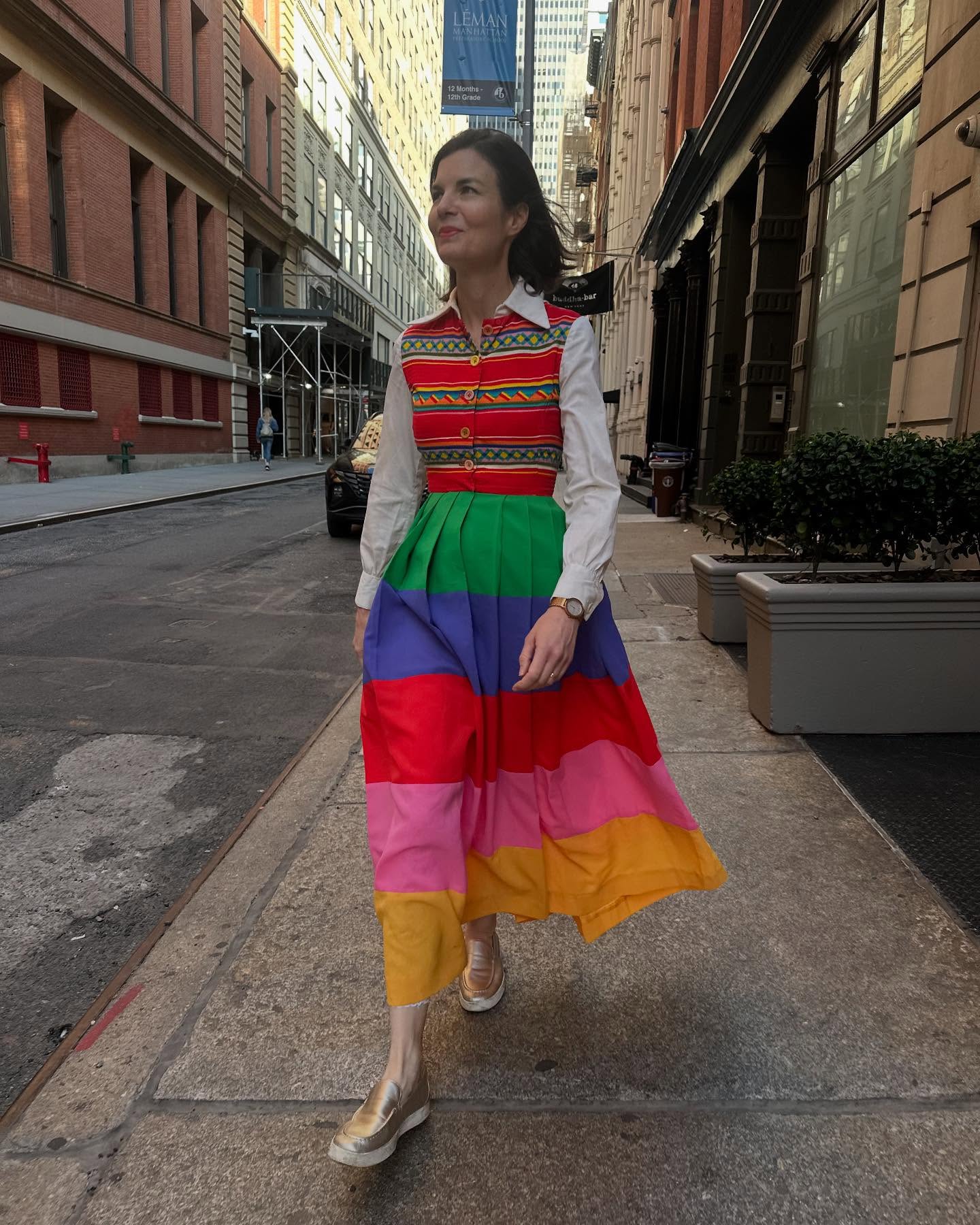
What types of roles have you enjoyed? What have been highlights for you?
Theater is really my love, and it’s the thing that I’ve had the meatiest parts in. There was an obscure Beth Henley play that I did in a theater in North Carolina. The show is called Abundance. It’s very rarely done. It’s about female friendship, but it’s a period piece. It’s kind of wild. More recently, I was in a new play on Theater Row. It was called Retraction. I was also six months pregnant when I was in it. It was one of the only plays where that would work. The character was a journalist, and she was just doing her job. The fact that I was pregnant wasn’t really in the text, but it heightened the urgency. In film and TV, the most fun was Feud: Capote vs. the Swans, and that was really fun. All of my client base watched that, and I got to wear great clothes for it.
How do you think the fashion crowd has evolved at the Odeon since you’ve started?
Fashion is crazy here. It’s a lot younger. The Odeon’s initial regulars are now in their 60s to 80s. So there’s been a turnover, although many people tell me every night that they’ve been eating here for years. Now, there’s a real number of fashion people who are in their 30s, early 40s, even 20s, that are eating here and love it. One great thing about the room is it seems like you always get to know each other. It’s also definitely a huge place for the art world. It has been since the beginning. We frequently host art dinners.
Who are the most stylish table of guests that you get?
I’m most struck by elderly people who come in really dressed up and in loud styles. There are a few regulars. They might come in with a walker and it might take them a while to come in, but man, they’re happy to be here. They’re happy to be out. So they’re dressed in loud colors and patterns. They have a big smile on their faces. Working in an environment where I’m exposed to all ages of people has been wonderful for my mental health and for my own acceptance of aging.

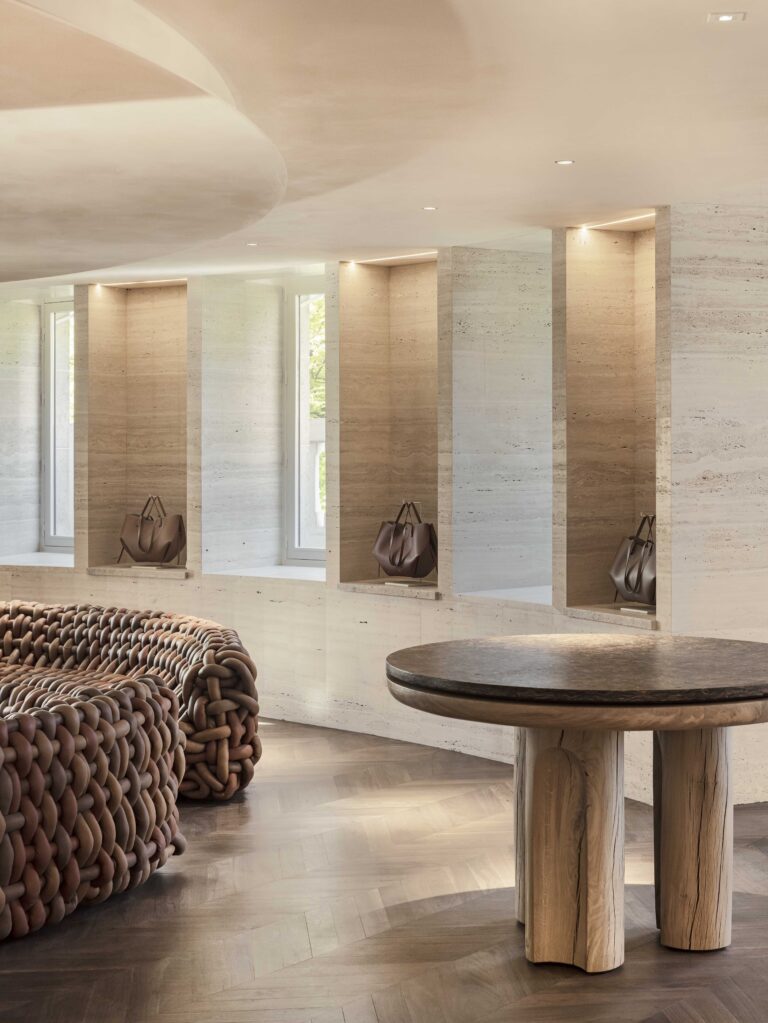
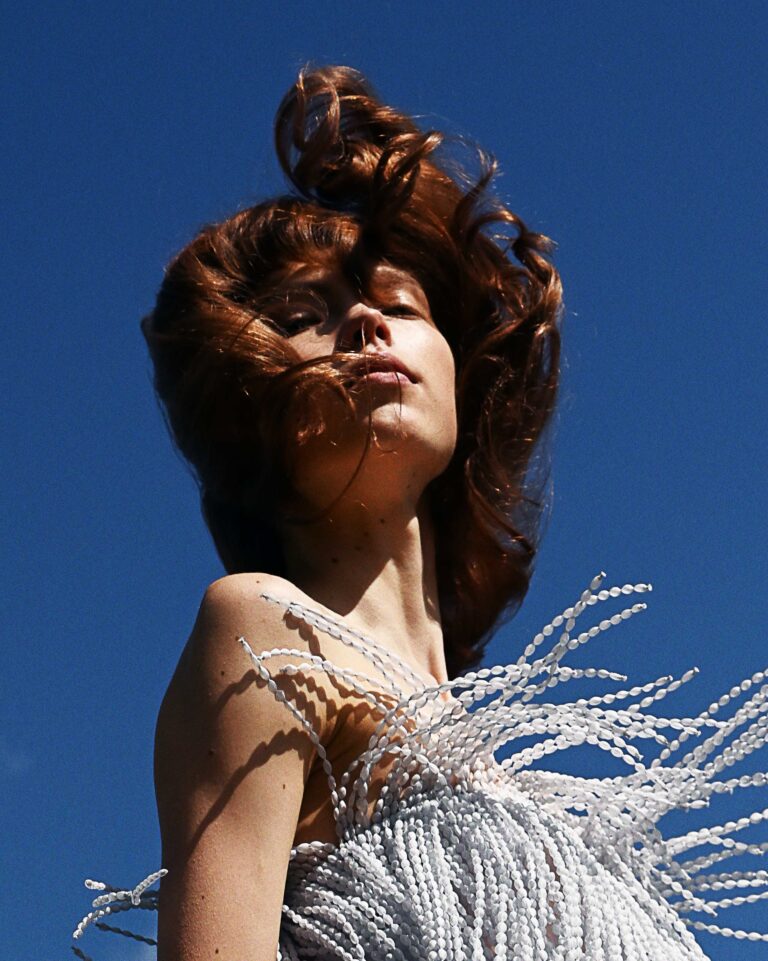
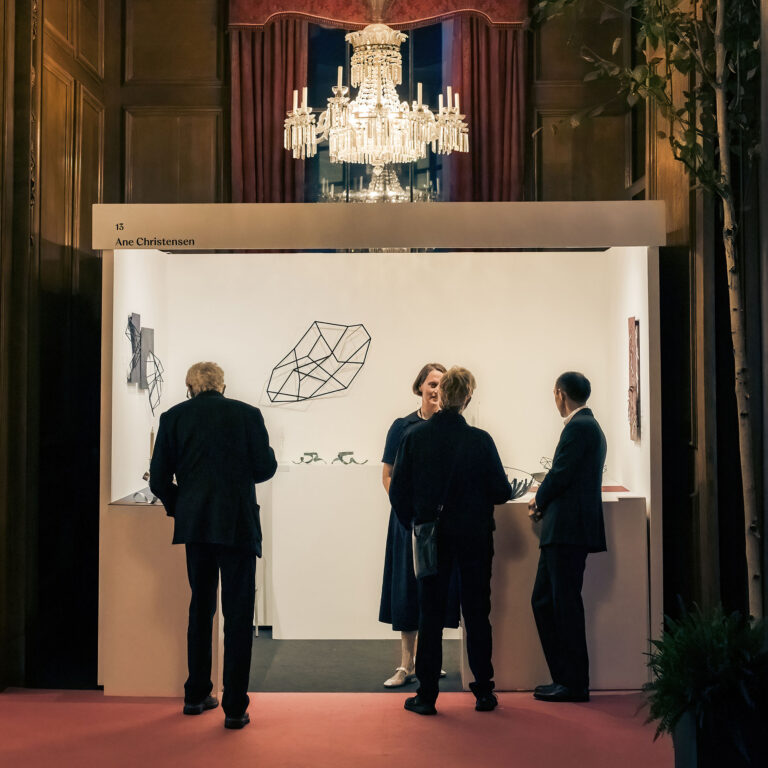

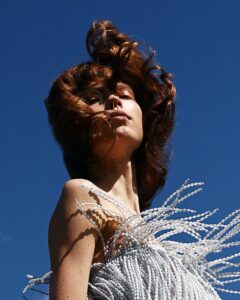
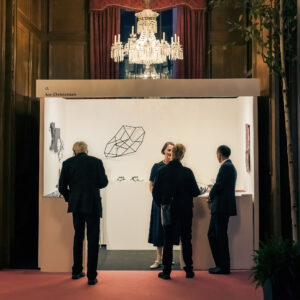



 in your life?
in your life?

